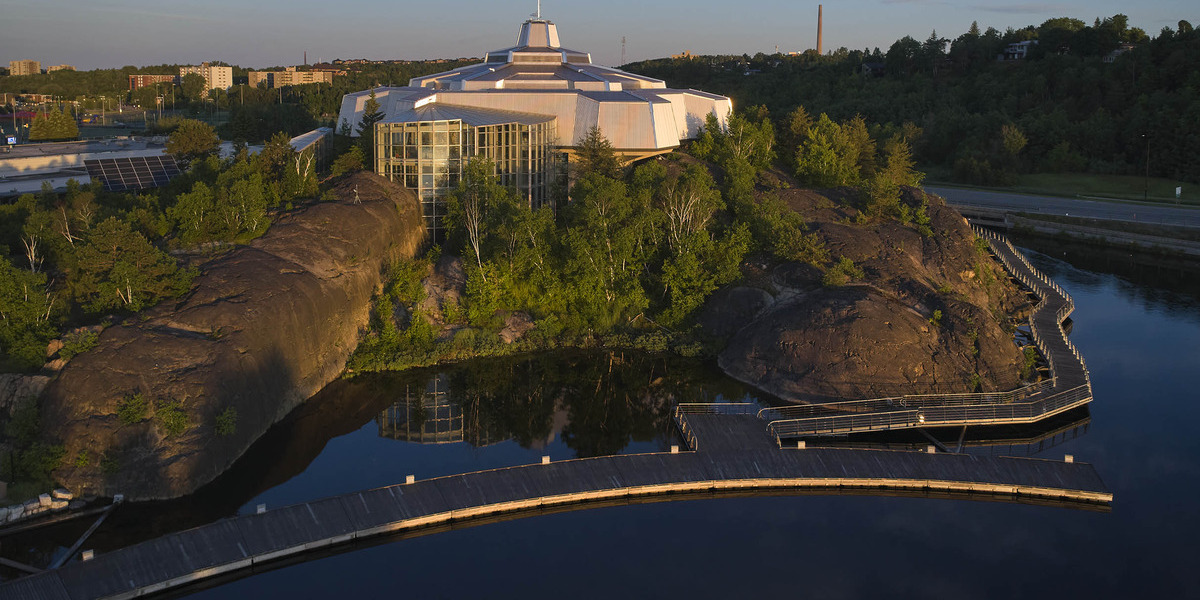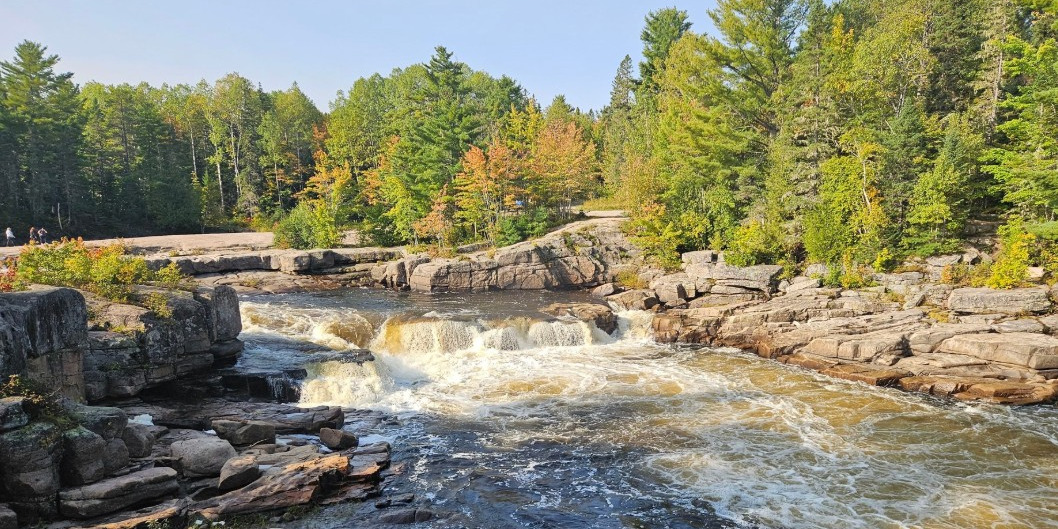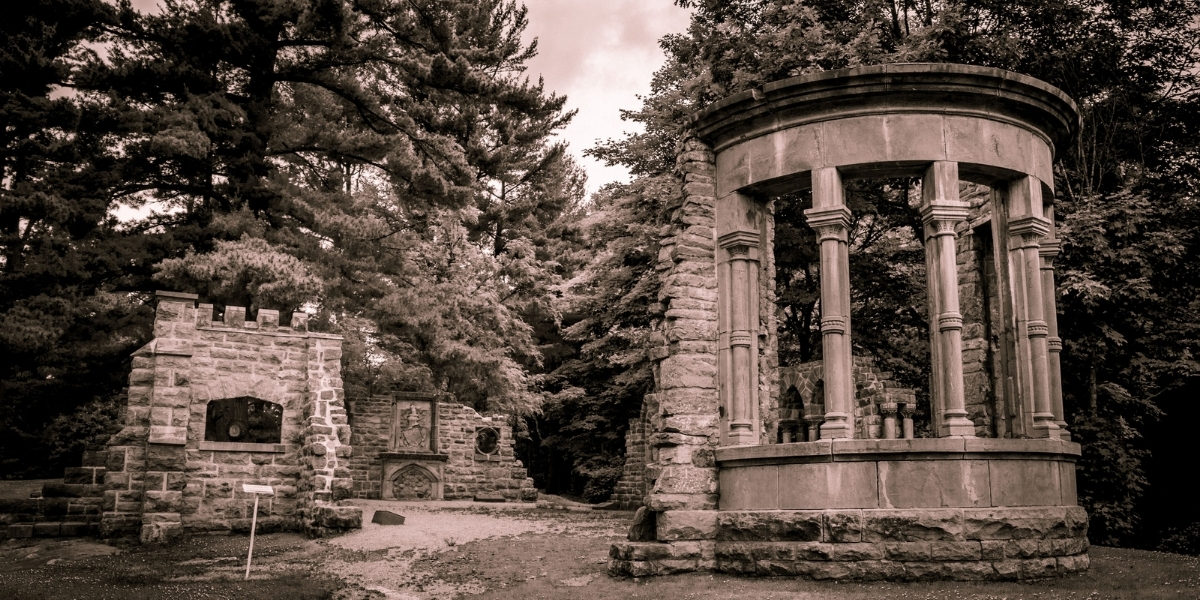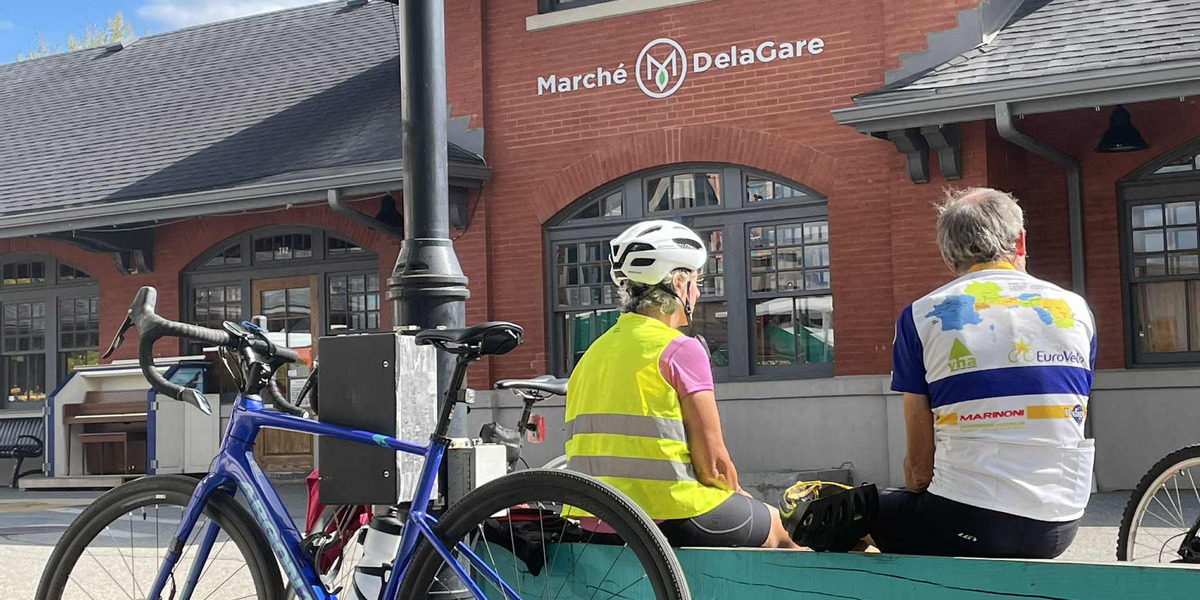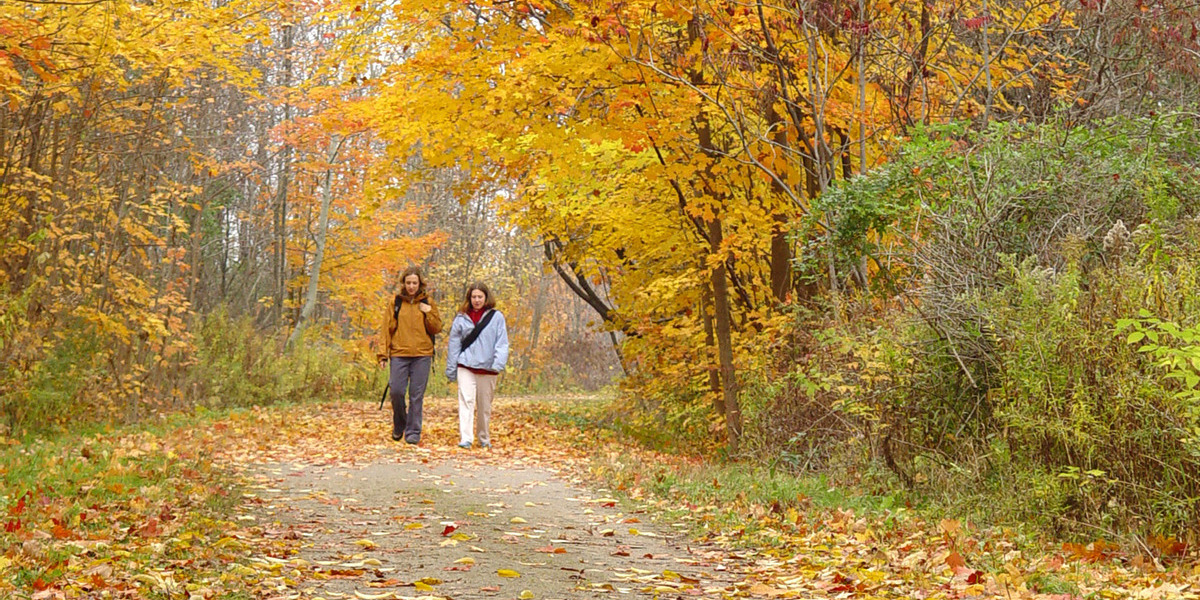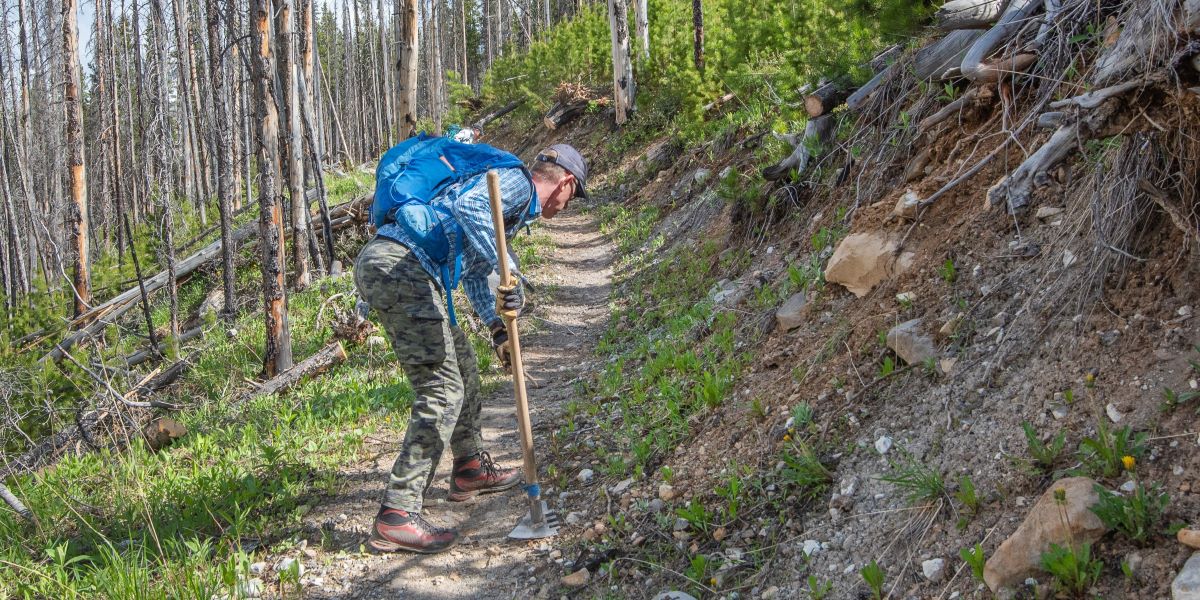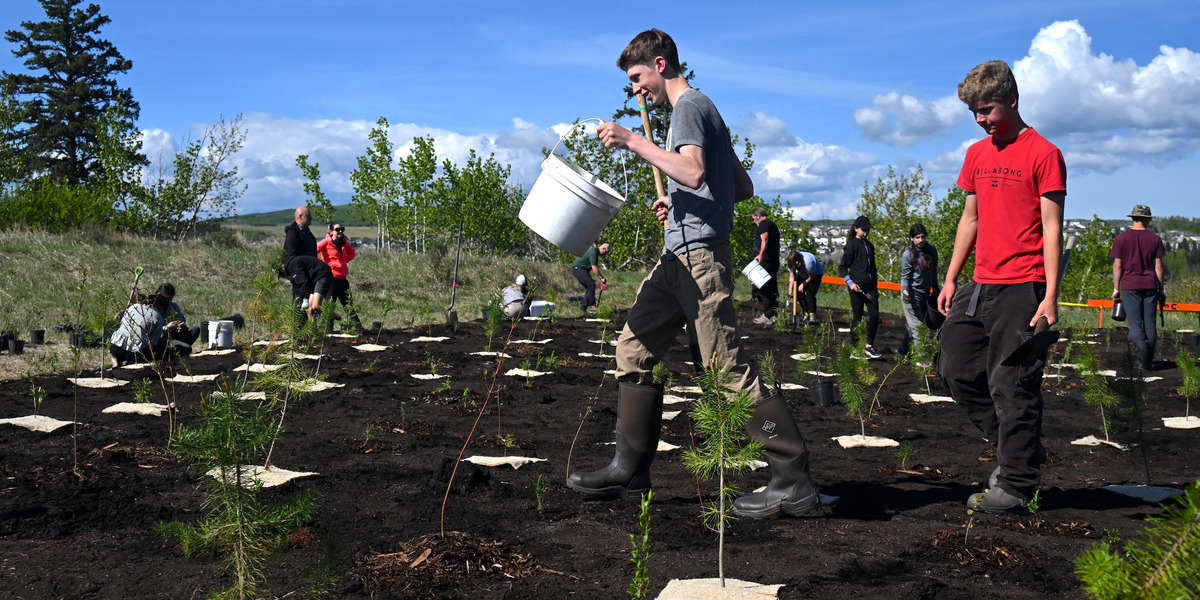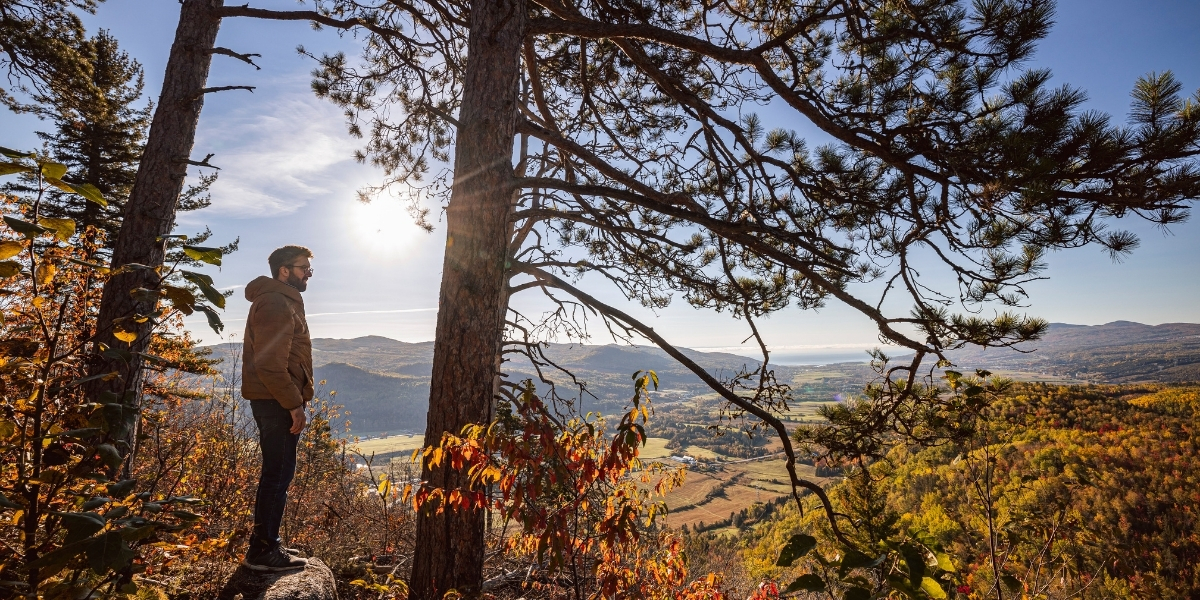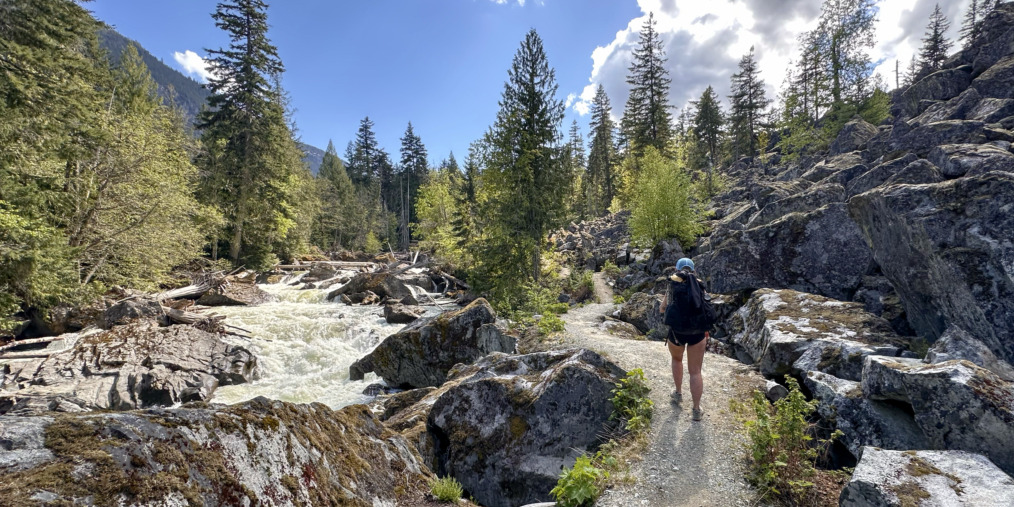Pêmiska Trails – A Fascinating Journey Through History on the Trans Canada Trail
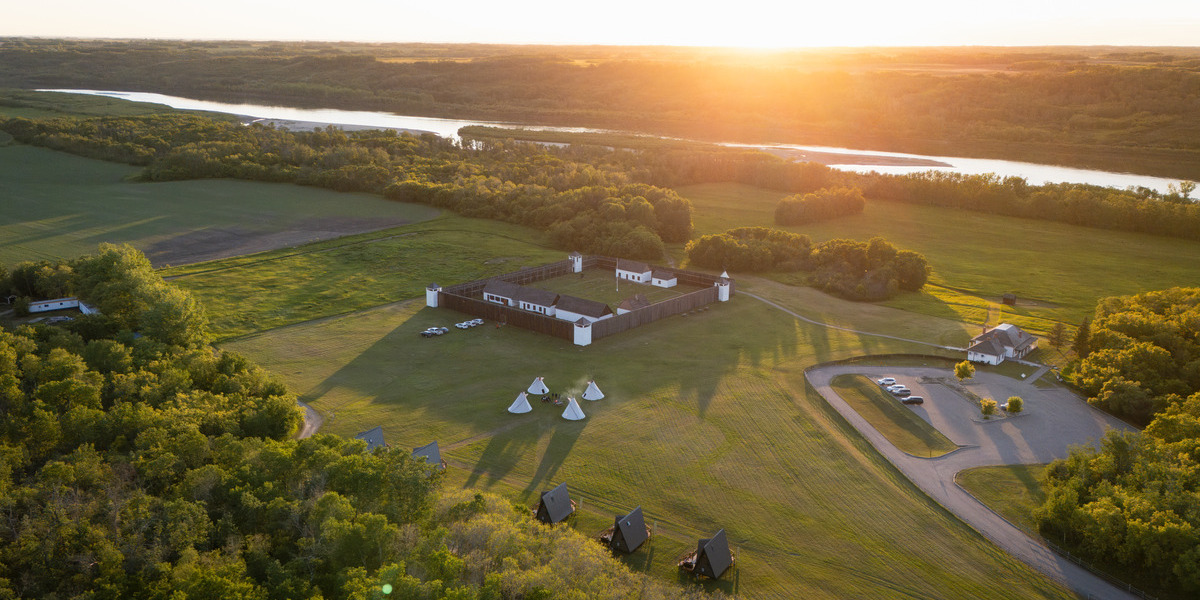
The Trans Canada Trail on Beardy’s & Okemasis’ Cree Nation passes by fascinating historical sites, outdoor adventures and cultural experiences that are unique in Canada.
Written by Debbie Olsen
The best thing about the world’s longest recreational trail is the places it can take you. The more than 20 kilometres of Pêmiska Trails that are part of the Trans Canada Trail in Beardy’s & Okemasis’ Cree Nation pass through beautiful rolling hills and some of the most fascinating historical sites in Canada. Situated in south central Saskatchewan about a 45-minute drive north of Saskatoon, this part of the Trans Canada Trail is completely unique.
Duck Lake Regional Interpretive Centre
I began my exploration of this area with a stop at the Duck Lake Regional Interpretive Centre and discovered a story about Canadian history that I had heard before with a perspective that I had never considered. Beardy’s & Okemasis’ Cree Nation is located very close to Duck Lake and Batoche, two national historic sites significant in the North-West Rebellion of 1885 that ended with the capture of Métis leader Louis Riel. When you visit Batoche National Historic Site, which is operated by Parks Canada, you learn about Métis culture and the historic battles that occurred in this part of Canada from a Métis perspective. At the Duck Lake Regional Interpretive Centre, you learn about those same events and the consequences for the First Nations People who lived in this area.
After the Battle of Duck Lake, the Canadian government wrongfully accused Beardy’s Nation of siding with the Métis. As punishment for this perceived support, their chief and council were deposed, their treaty medals confiscated, the promise of treaty annuities was broken and the nation was denied a chief for more than 50 years. Like most Canadians, I learned about the North-West Rebellion in school, but at the Duck Lake Regional Interpretive Centre, the story was told from the perspective of First Nations Peoples who were also affected.
Photo credit: Pêmiska Tourism
A meeting with residential school survivors
My second stop was at the St. Michael’s Indian Residential School site, a National Historic Site and one of Canada’s longest-running Indian residential schools in operation for more than a century, finally closed in 1996. The school building is gone, but Pêmiska Tourism arranged for me and the small group I travelled with to meet with two residential school survivors. Elders Roy Gamble and Therese Seesequasis shared deeply personal experiences from their time at this residential school. As I sat in a tipi listening to Elder Roy Gamble tearfully speak of the horrific abuse he endured, I understood residential school in a way I never had before.
Back on the trail, our group paused to look at the Monument to the Battle of Duck Lake, another national historic site that I now understood from both a Métis and a First Nations perspective.
One of the interesting things about the Trans Canada Trail in this part of Canada is that it runs parallel to the Carlton Trail, a historic fur trading route that connected Fort Carlton with Fort Edmonton. The water segment of the Trans Canada Trail runs from Fort Carlton to the Wingard Ferry, and the boat ramp location sits at the site of the first ferry in Saskatchewan, the Carlton Ferry, which dates to 1860 and was owned by the Hudson’s Bay Company.
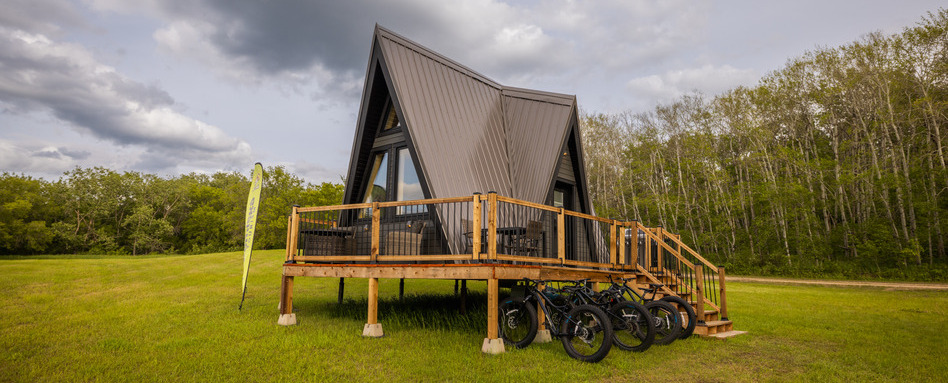
Photo credit: Pêmiska Tourism
Exploring with Pêmiska Tourism
Pêmiska Tourism, the award-winning tourism organization for Beardy’s & Okemasis’ Cree Nation, is proud of their section of Trans Canada Trail, which mirrors vital trading routes that connected the people with other nations for thousands of years. They have developed ATV adventures, guided canoe and kayak trips and cultural experiences that are all indirectly or directly tied to the trail. They have also developed luxury comfort camping lodges for those who want to spend more time exploring their trails.
I wished I would have had time for an ATV adventure on Pêmiska Tourism’s trail system or a paddle along the Trans Canada Trail water route which was used by fur traders and Métis voyageurs more than a hundred years ago.

Photo credit: Pêmiska Tourism
Fort Carlton Provincial Park
The trail ends at Fort Carlton Provincial Park, where Treaty 6 was first signed on August 23, 1876, and that is where I ended my day of exploration. After touring the interpretive displays at the rebuilt fort and talking to park staff about fur trade history, I enjoyed a dinner dance theatre experience organized by Pêmiska Tourism. It was an unforgettable evening of delicious food, and traditional First Nations and Métis dances performances by a group called the Creeland Dancers.
The Trans Canada Trail stretches from coast to coast to coast across Canada and is as diverse as the people who call Canada home. Pêmiska Trails in Beardy’s & Okemasis’ Cree Nation is unlike any other part of Canada’s national trail. Pêmiska is a Cree word that means “come and find it,” and that is what exploring this trail section is all about. It’s a chance to discover a fascinating part of Canada with rich history, beautiful scenery, interesting experiences and gracious, welcoming people.
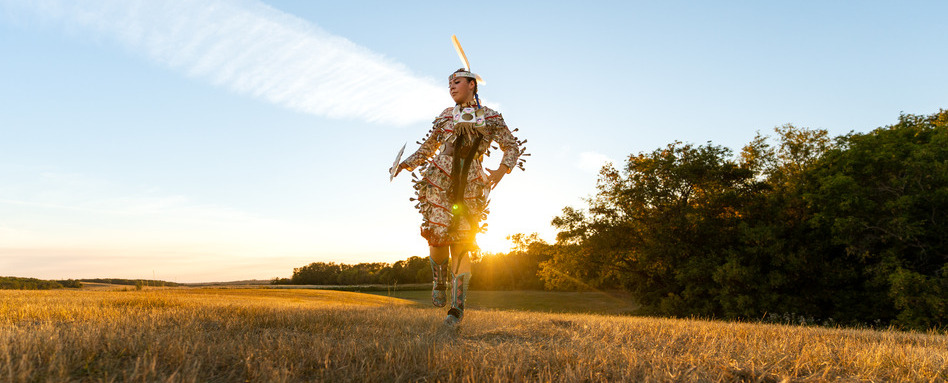
Photo credit: Pêmiska Tourism
Debbie Olsen is an Alberta-based Métis writer and author and an avid trail user and volunteer. Follow her adventures at www.wanderwoman.ca and on social media @wanderwoman_deb.
Find out more about Pêmiska Tourism here.
Subscribe to Trail Talk!
Main photo credit: Pêmiska Tourism


